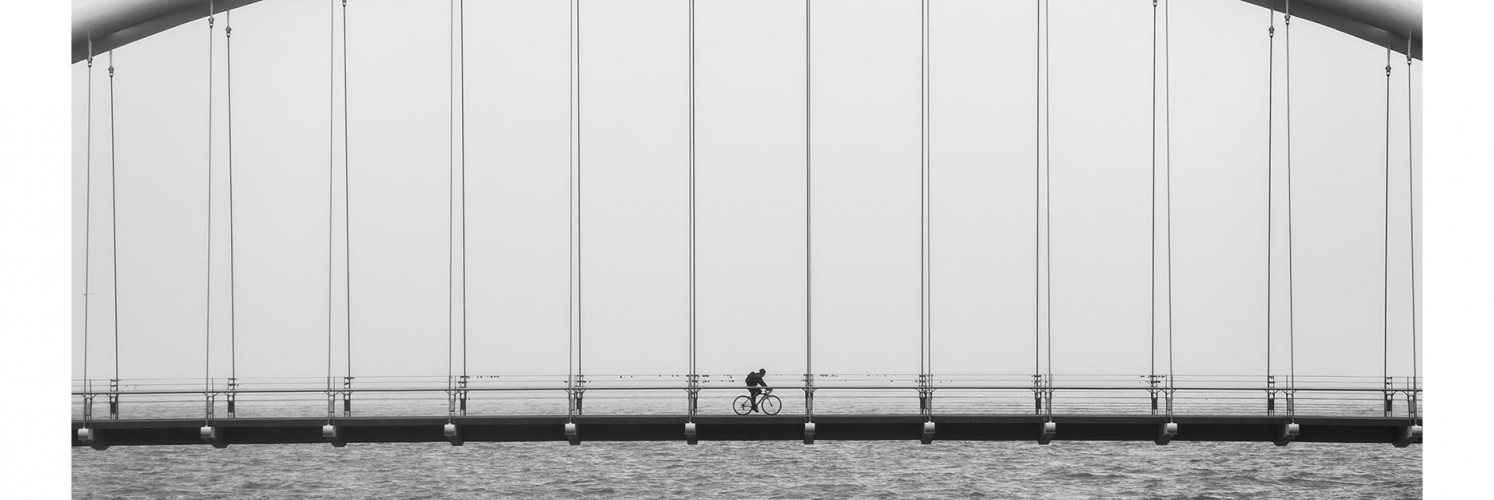Majestic mountain ranges, sprawling canyons and barren deserts define the landscapes of the American Southwest. On a recent US road trip, I observed how three luxury properties: Amangiri and Lazalu in Utah; and Dunton Hot Springs in Colorado, are using these iconic landscapes to define their brand by creating a space and atmosphere that transcend traditional branding strategies.
Using the landscape as a rite of passage
While grand gateways, flashy signage and uniformed staff are permanent fixtures welcoming you to some of the top hotels in the world, at the approach to these three properties any sign of their presence is deliberately subtle and minimal.
Drive up to the main entrance at Amangiri’s 600-acre property and you will find a very basic metal gate connected to a small intercom. As you announce yourself and are buzzed in, the gate opens to a long winding road with only open fields and canyons in sight. The hotel is set a fair distance from the entrance and as you drive through the desert landscape it’s not until 3-4 km in that there is any sign of the hotel – a rustic ‘Amangiri’ sign to reassure that you are headed in the right direction.
This journey in is a rite of passage, an introduction to the landscapes and a way of setting the atmosphere. It evokes the feeling that you are truly entering somewhere special, somewhere a world away. It’s also an introduction to the brand which is defined by its landscapes. At Dunton Hot Springs, it is a lengthy drive amongst towering pines and wild deer on the unpaved roads that curve around the San Juan Mountains. At Lazalu, it is a harrowing drive atop narrow canyons winding through Zion National Park.
Blending in - when branded, instagrammable moments become every moment
Common sense would dictate that building the largest, most extravagant building will garner the most attention. This new crop of luxury hotels are finding success doing the exact opposite. Dunton Hot Springs has reclaimed an old mining town, taking many of its original features and building new log cabins to match. Amangiri has exercised the utmost care to respect the landscape with its minimalist form and concrete structures, tinted in tones to match the surrounding canyons. At Lazalu, the low profile of the buildings and use of glass, adobe, wood and natural stone allow it to blend in and become a part of its landscape.
By respecting and championing their environments, these properties have created unique spaces that are unmistakably their own, granting them an unparalleled level of brand recognition without the use of a logo. Branded Instagrammable moments become every moment because the landscape has become the brand – all without an overwhelming element of branding sitting in the middle of the pool. Take any image of any one of these properties and it is unlikely to be mistaken for any other property, anywhere in the world.
Do you need a logo?
When a hotel is successful in making its location the brand, the use of the logo becomes somewhat redundant. This is especially true in this social media era where every image shared is tagged by location and contains mentions that directly link back to the hotel anyway.
This doesn’t spell the end of the logo, but more possibly the use of the logo in the physical space where its presence may be unwarranted and even obtrusive (read more about this here). It also means a move to more destination-based marketing activities that strengthen the connection between the brand and the landscape.
By Alex Chan – Designer & Creative Strategist at Studio Black Tomato



